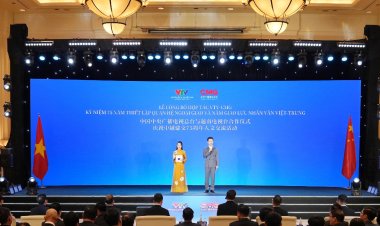China spearheads international initiative by setting global standard for elderly-care robots
China is at the forefront of a global initiative to establish an international standard for elderly-care robots. This pioneering effort aims to enhance the quality and consistency of robotic assistance for the elderly, ensuring these devices meet specific care requirements.

This standard, primarily developed under China's leadership, establishes technical benchmarks for the design, manufacturing, testing, and certification of these robots, as stated in a Thursday announcement from the State Administration for Market Regulation.
To address the diverse needs of elderly users in their daily lives and healthcare, the standard specifies requirements for elderly-care robots in several key areas, including accessibility, reliability, energy efficiency, and noise control.
Additionally, it proposes technical criteria for services such as health monitoring, communication support, activity assistance, and information and data management.
According to the administration, the implementation of this standard is anticipated to help manufacturers accurately align product designs with the characteristics and needs of elderly individuals, ultimately enhancing the quality of robotic products and fostering new growth opportunities within the elderly-care robotics industry.
In response to the challenges posed by an aging population, China has rolled out policies to promote the development of smart elderly care solutions. Recent statistics indicate that by the end of 2024, the nation’s population aged 60 and above will reach 310 million, representing 22 percent of the total population. This figure is projected to increase to 30 percent by 2035, with the elderly demographic surpassing 400 million by that time.
Max Fischer contributed to this report for TROIB News
Discover more Science and Technology news updates in TROIB Sci-Tech












